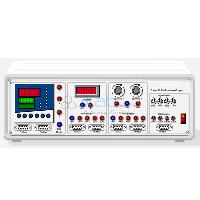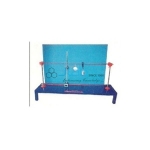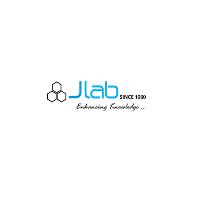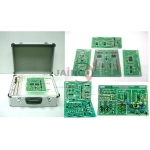Gas Cyclone
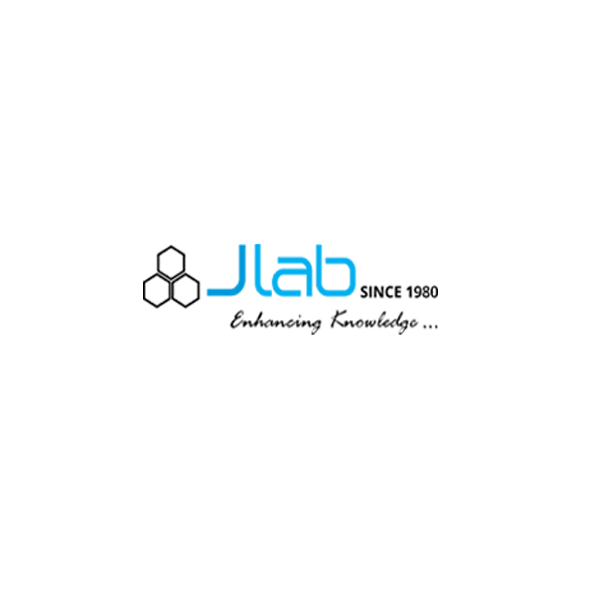
Product Code : JA-AM-6484
Gas Cyclone
Technical Description:
- One area of application of gas cyclones is the pre-filtration of solids from gases.
- Gas cyclones have no moving parts, and so are low-maintenance systems.
- They can also be used in conjunction with high gas temperatures.
- For these reasons, they are in widespread use.
- A disperser is used to disperse the feed material (quartz powder recommended) finely in airflow.
- The airflow laden with solid material (raw gas) in this way is fed tangentially into the cyclone at the top.
- In the cyclone, the airflow moves downwards as a rotating primary vortex.
- At the bottom of the cyclone, the vortex is reversed.
- In the middle of the cyclone, it moves as a secondary vortex back up towards the immersion tube, where the cleaned gas emerges from the cyclone.
- The main separation process takes place in the primary vortex.
- Owing to the centrifugal forces and the difference in density between the air and the solid, the coarse solid particles move towards the wall.
- They slide down the wall and are collected in a tank at the bottom of the cyclone.
- No complete separation of the entire solid material takes place.
- The fine particles which are smaller than the separation size are ideally discharged from the immersion tube at the top with the secondary vortex.
- This fine material is separated out of the airflow by a filter.
- The separation size defines the theoretical boundary between the fine and coarse material.
- The solid content of the raw gas can be adjusted by means of the disperser and an airflow control valve.
- To prevent loading of the airflow with particles upstream of the disperser, the drawn-in room air is filtered.
- An air suction fan generates the airflow.
- Pressure measurement points at the relevant positions in the trainer enable to determine the pressure loss.
- For particle size analyses of the feed and the coarse material, a balance and a screening machine are recommended.

